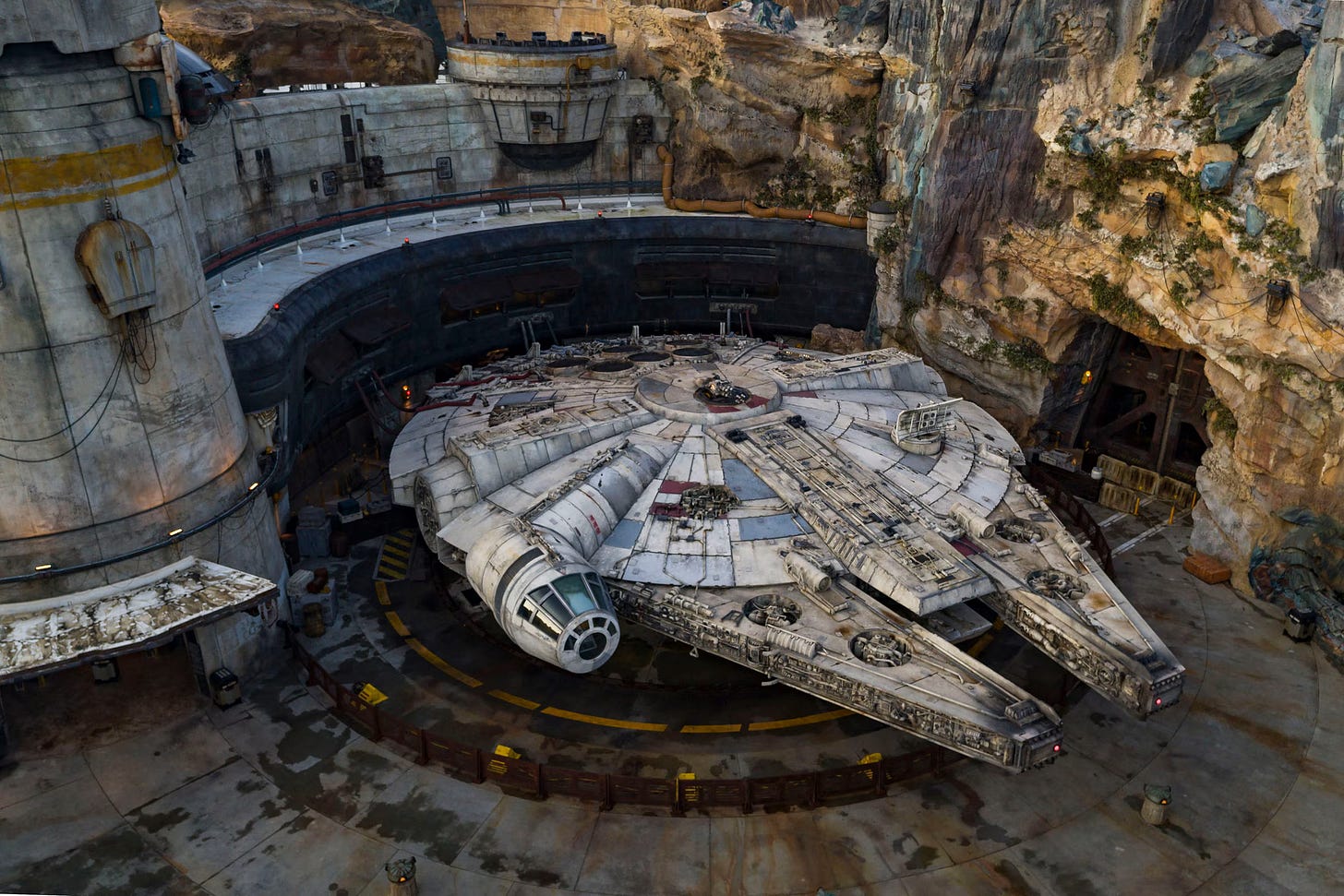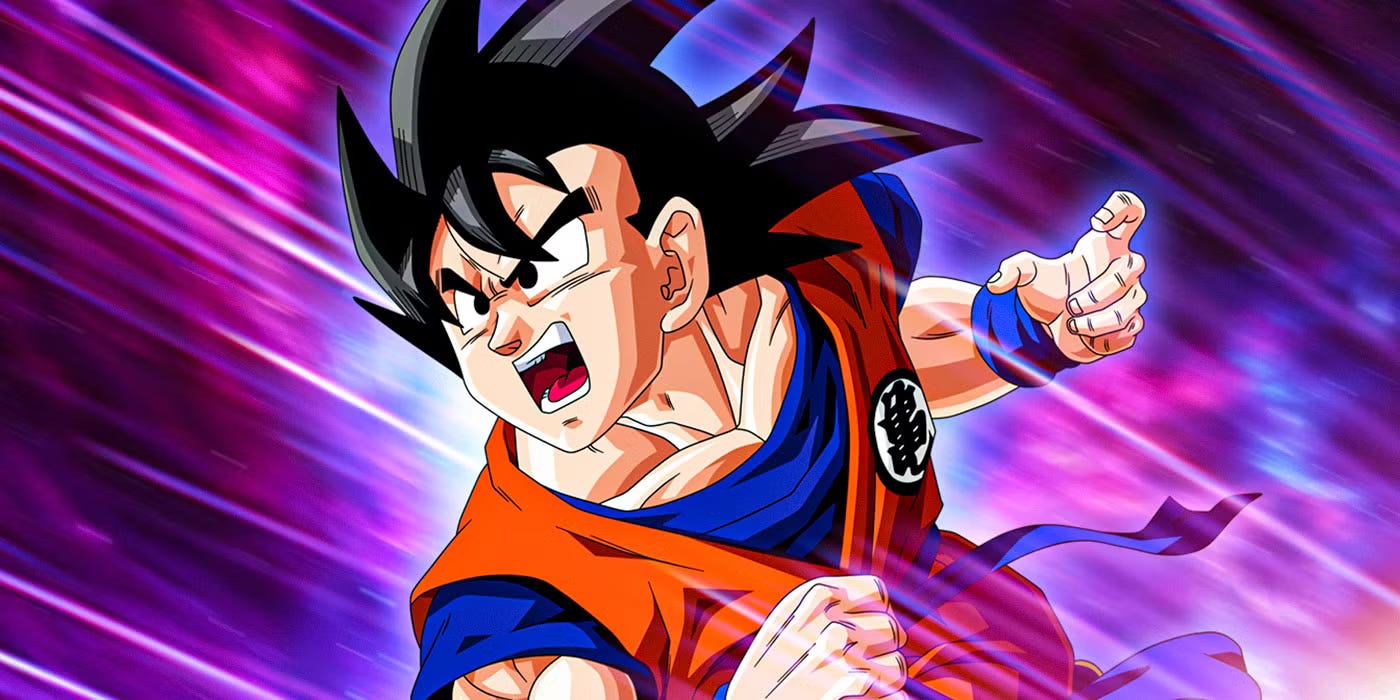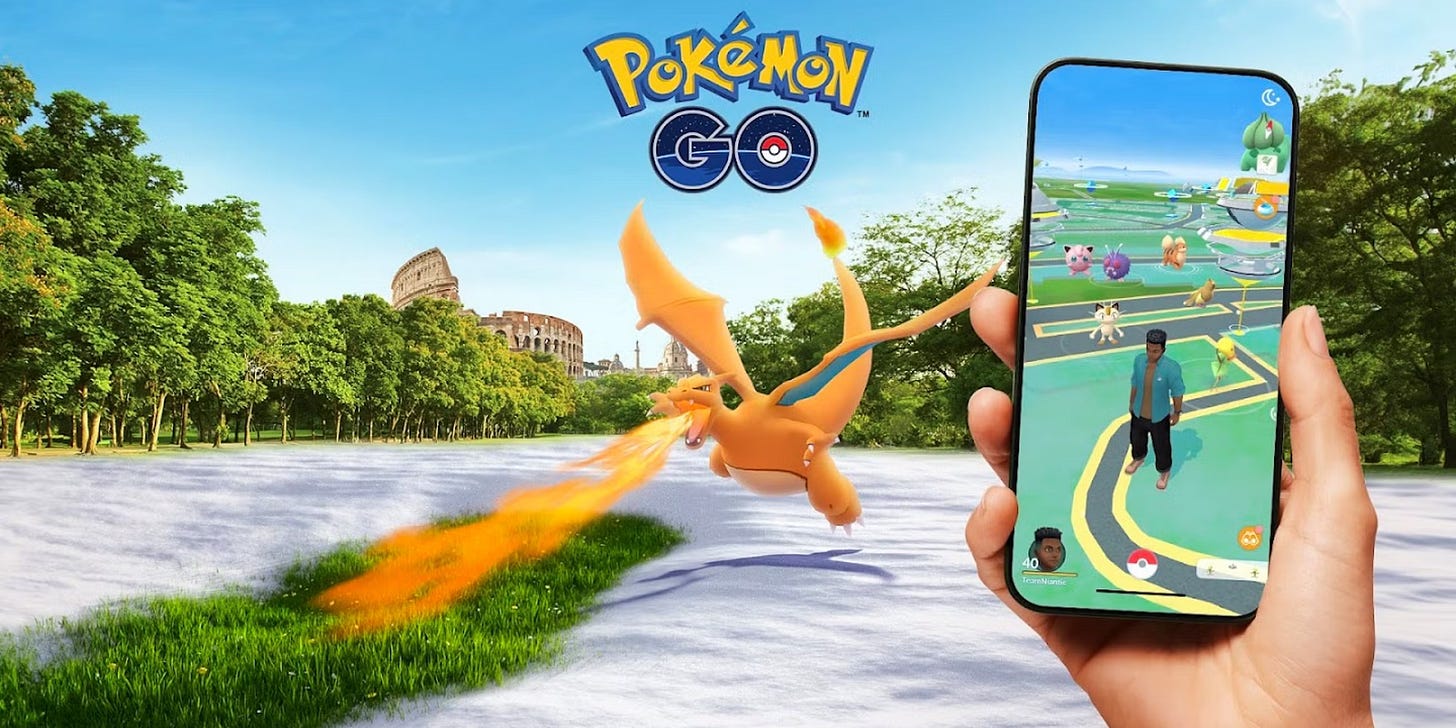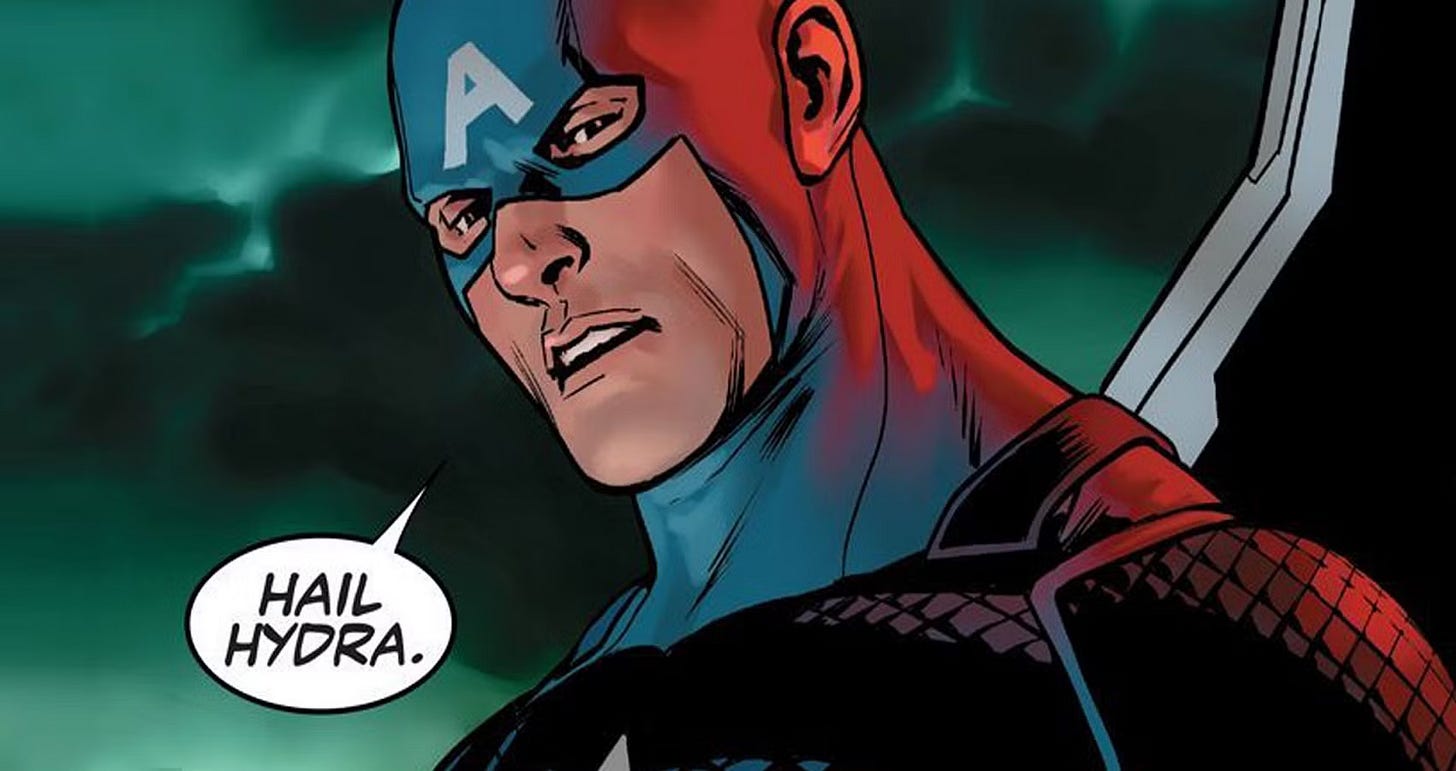Pokémon Trading Card Game (TCG) cards have hit a fever pitch in 2025, with reports suggesting fights breaking out among adults in stores—shoving, yelling, and even throwing punches over limited-edition sets like Scarlet & Violet – Twilight Masquerade. It’s wild: news outlets like OutKick have speculated on “Black Friday-style fights” at Costco, based on surging demand in early 2025, where Pokémon card displays turned into battlegrounds.
Meanwhile, a Cheeto shaped like Charizard reportedly sold for around $87,840 at auction in March 2025, per collector forums, proving the mania’s gone interstellar. But why are these cards hotter than ever, outpacing their 1990s peak? Let’s dive into the data, cultural shifts, and history behind Pokémon TCG’s unprecedented boom.
Nostalgia, Mobile Apps, and a Perfect Storm for a TCG Boom
Millennials and Gen Z are at the heart of Pokémon’s latest trading card game (TCG) explosion. For many, Pokémon was the defining franchise of childhood—whether it was battling in Pokémon Red and Blue on a Game Boy Color, collecting holographic Charizards on the playground, or tuning into the anime before school. Now, as adults with disposable income, they’re diving back in with full force, driving a historic surge in demand for Pokémon cards.
This nostalgia boom isn’t just about reliving childhood memories. A 2025 YouGov survey found that 70% of current Pokémon card collectors cite childhood memories as their primary motivation. The social aspect of trading and battling has evolved beyond schoolyards, shifting to online communities, influencer-driven content, and competitive tournaments. With the rise of content creators showcasing rare pulls on YouTube, TikTok, and Twitch, the thrill of cracking open booster packs has gone mainstream again.
The History of the Pokémon TCG: From Playground Swaps to Billion-Dollar Industry
The Pokémon TCG launched in Japan in 1996 and hit global markets in 1998, quickly becoming a cultural phenomenon. By 2000, over 25 billion cards had been printed, with The Pokémon Company struggling to keep up with demand. Kids and collectors chased after the elusive Base Set Charizard, which remains one of the most iconic and valuable cards in the franchise.
Over the years, the game has seen waves of popularity. While the early 2000s saw a dip in interest, the release of the Diamond & Pearl era (2007) and Black & White sets (2011) kept the community alive. By 2012, however, annual TCG sales had dropped to $300 million. That changed dramatically in 2016 with the arrival of Pokémon GO, reigniting worldwide Pokémon mania and lifting the TCG along with it.
The Pandemic and Digital Expansion Fueled the Pokémon Card Resurgence
The COVID-19 pandemic sent Pokémon TCG into overdrive. With people stuck at home, many revisited childhood hobbies, and trading cards saw an unprecedented spike in popularity. Twitch streams of Pokémon pack openings, fueled by influencers like Logan Paul, led to bidding wars over rare cards. By 2021, The Pokémon Company had printed 3.7 billion cards in a single year, more than double its usual output.
This digital push continued with Pokémon TCG Live, launched in 2022 and expanded in 2024, which boasts 20 million active users. The synergy between the online platform and physical card collecting has deepened player engagement, further increasing demand for rare and high-value cards.
Current Popularity Metrics (2025): The TCG Industry is Booming
Sales and Production
Pokémon TCG cards are printing money—literally. Global production reportedly hit 61 billion cards by 2025, up 15% from 53 billion in 2023, spread across 89 countries. Sales have soared to $10.5 billion in 2024, potentially outpacing Nintendo’s video game ($9.8 billion) and console ($5.1 billion) revenue, per projected Q4 2024 earnings.
Market Demand
Retailers like Target, Walmart, and GameStop have reported a 25% jump in physical card sales in Q1 2025, while online platforms saw a 40% spike in transactions, potentially hitting $2.3 billion in 2024. The collector base has expanded to 45 million active players worldwide in 2025, with 60% aged 18–34, reinforcing that the game is no longer just for kids.
Tournament Participation
The competitive scene is thriving, too. The 2025 Pokémon World Championships in Honolulu drew a record 15,000 participants in August, up from 8,000 in 2019, with a $500,000 prize pool. The competitive circuit has helped fuel the card craze, bringing in seasoned players and casual fans alike.
Why Pokémon TCG is More Popular Now Than Ever
Nostalgia and Cultural Revival
A YouGov survey found that 70% of 2025 collectors cite childhood memories as their reason for returning. The 25th anniversary celebrations, including Pokémon Horizons on Netflix (with 8 million weekly viewers) and live concerts, have reignited interest in the franchise. Reports suggest 80% of those viewers bought TCG cards post-viewing.
Digital and Social Media Influence
YouTube and TikTok have played a huge role in fueling the mania. Creators like Logan Paul and PokéTubers (@LeonhartYT, @DeepPocketMonster) racked up an estimated 2 billion combined views in 2024. TikTok’s #PokemonCardPulls challenge hit 5 million posts in Q1 2025, while #PokemonCards trended on X with 3 million mentions in March alone
Investment Boom
Pokémon cards aren’t just collectibles anymore—they’re assets. The Pikachu Illustrator card, sold for $5.3 million in 2021, holds a $4.8 million valuation in 2025. The now-infamous Charizard-shaped Cheeto fetched $87,840 in March 2025, proving collectors will pay absurd amounts for anything Pokémon-related.
Challenges and Risks: The Dark Side of the Craze
Scalping and Counterfeits
With high demand comes price gouging. eBay reports that 30% of listings in 2025 are resold at 200%+ markups, while 15% of online card sales are reportedly counterfeit, frustrating buyers.
Sustainability Concerns
Producing billions of cards annually generates 500,000 tons of plastic waste, drawing criticism from environmental groups. The industry’s sustainability practices will need to evolve to keep up with its explosive growth.
Future Outlook: Can It Keep Growing?
The Pokémon Company projects TCG sales could reach $12 billion by 2027, fueled by new sets, digital integration, and collector demand. Pokémon TCG Pocket (2026), a mobile app with AR battles, aims to deepen the digital-physical synergy, potentially pushing sales even higher. However, sustaining this mania will require addressing scalping, counterfeits, and environmental concerns—or risk a crash like the 2000s.
Weigh In: Why Are You Chasing Pokémon Cards?
Are you in on the Pokémon TCG craze, or are these fights and $87,840 Cheetos too much? Does nostalgia, investment, or competition drive you, or is it just the thrill of the pull? Drop your thoughts below or ping us on X @DREZZEDNews—I’m here to deliver the facts and hear your unfiltered take on this card-collecting chaos.
News compiled by Derek Gibbs and Edgar B. D/REZZED Gaming News is part of Clownfish TV. Subscribe to our newsletter!
D/REZZED provides Balanced and Based Gaming, Pop Culture, and Paranormal News. Opinions expressed do not necessarily reflect those of hosts, editors, other contributors, affiliates, sponsors, or advertisers. Our articles are human-edited but may utilize AI assistance for research and grammar. Articles may include affiliate links; we may earn commissions on purchases made through these links. Any products or services received for review are disclosed, as are any sponsored posts.
Sources & Hat Tips
-
Statista: Pokémon Trading Card Game – Statistics & Facts
-
Nintendo Earnings: Nintendo Financial Results (Historical Data)
-
TCGPlayer: Pokémon Scarlet & Violet – Twilight Masquerade Product Page
-
NPD Group: Pokémon TCG Sales Surge in 2025 (Press Release)
-
The Pokémon Company: 2025 Pokémon TCG Player Demographics
-
YouGov: Pokémon TCG Nostalgia Surge (Survey Report)
-
Sotheby’s: Pokémon Pikachu Illustrator Card Auction
-
eBay: Pokémon Rare Cards Marketplace
-
PSA: 2025 Pokémon TCG Counterfeit Issue (Article)
-
Greenpeace: Pokémon TCG Environmental Impact (News Report)
























































